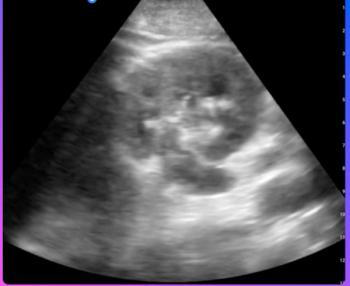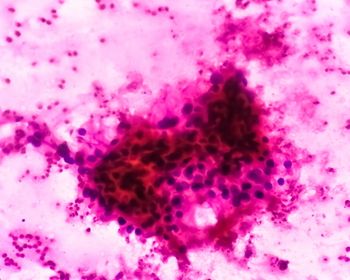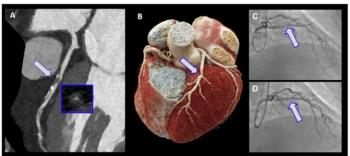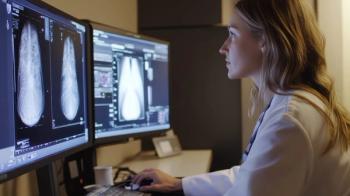
Brain MRI Reveals Leukoencephalopathy Vulnerability in COVID-19 Patients
Images can show indications of rare condition that can affect white brain matter in patients who test positive for the virus.
Even though it is rare, COVID-19-positive patients can develop leukoencephalopathy – white brain matter diseases – according to findings captured with brain MRI.
In a study published Feb. 17 in the
“Increasingly, effects of COVID-19 on the brain are being reported,” said the team led by Colbey Freeman, M.D., a fourth-year radiology resident with the UPenn, “including acute necrotizing encephalopathy, infarcts, micro-hemorrhage, acute disseminated encephalomyelitis, and leukoencephalopathy.”
Currently, the industry does not have any criteria for defining COVID-19 disseminated leukoencephalopathy (CRDL). To help with potential diagnosis, Freeman’s team investigated whether findings existed that could facilitate identification.
For their study, they examined 2,820 COVID-19-positive patients who were admitted to the hospital between March 2020 and June 2020. Brain MRI was performed on 59 patients (2.1 percent). Any scans that revealed white matter abnormalities that were not typically associated with other causes, such as hypoxic injury or chronic small vessel ischemic disease, that were picked up in the bilateral middle cerebellar peduncles or corpus callosum were considered suspicious for COVID-19, the team said.
Based on their findings from T1-weighed and T2-weighted FLAIR images, the team identified six patients (10.2 percent) who were suggestive of CRDL.
“[These images were] characterized by extensive confluent or multifocal white matter lesions (with characteristics and locations atypical for other causes), microhemorrhages, diffusion restriction, and enhancement,” the team said.
In addition, hypertension and type 2 diabetes were common in these six patients, affecting four (66.7 percent) and three (50 percent), respectively.
Alongside the CRDL-suggestive findings, the team also identified other neurological conditions:
- Three (5.1 percent) with known multiple sclerosis white matter lesions.
- 23 (39 percent) had small vessel ischemic disease white matter lesions.
- Six (10.2 percent) had acute infarcts.
- Four (6.8 percent) had subacute infarcts.
- Four (6.8 percent) had chronic infarcts.
- One (1.7 percent) had abnormal basal ganglia signal from hypoxemia.
- Two (3.4 percent) had micro-hemorrhage associated with chronic infarcts.
- Two (3.4 percent) had acute or subacute infarct-associated micro-hemorrhages.
The team did note that their study was limited because current CRDL criteria do not exist. Additionally, these findings could overlap with findings from other conditions, potentially over- or under-indicating CRDL cases. Still, they maintained that radiologists must stay alert to the potential presentation of this condition.
“CRDL is rare, limiting our ability to assess the full array of possible findings,” the team concluded. “Nevertheless, leukoencephalopathy represent an uncommon, but important, differential consideration in patients with COVID-19 with neurological manifestations.”
For more coverage based on industry expert insights and research, subscribe to the Diagnostic Imaging e-Newsletter
Newsletter
Stay at the forefront of radiology with the Diagnostic Imaging newsletter, delivering the latest news, clinical insights, and imaging advancements for today’s radiologists.


























